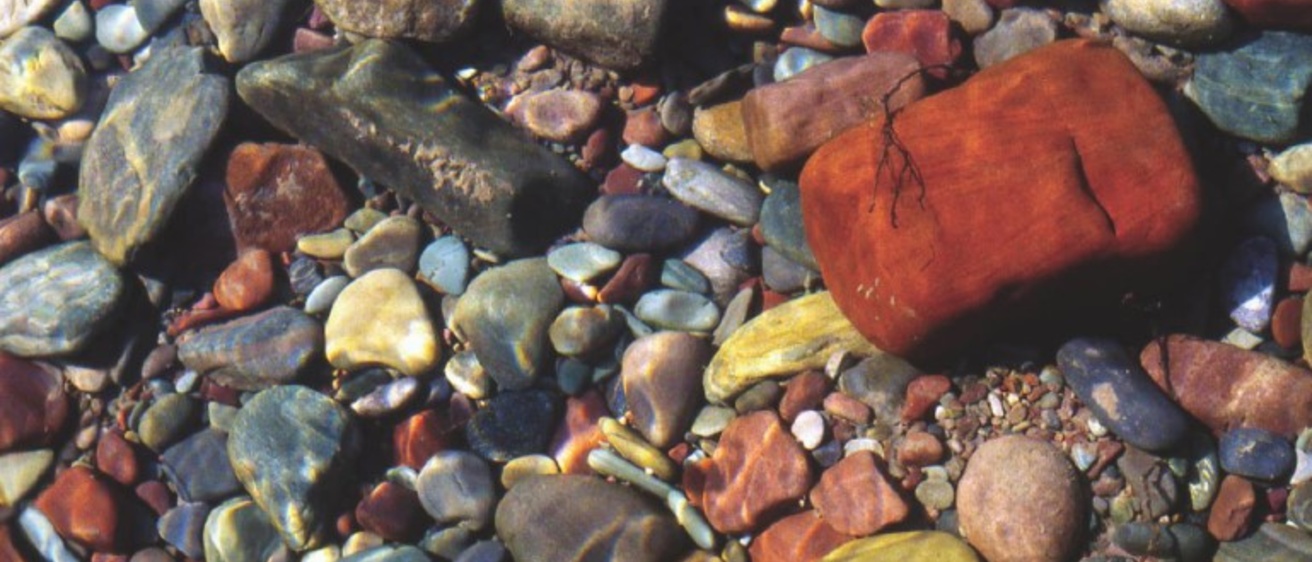Greg Brennan, PG, PHG, Hydrogeologist
The field of hydrogeology (hydro- meaning water, and -geology meaning the study of the earth) is the area of geology that deals with the distribution and movement of groundwater in the subsurface. Groundwater can be an abstract idea to folks because it is occurs below ground and cannot be directly observed. But there is science in the study of groundwater that includes the characterization of hydrogeologic properties of sediments and rocks that allows hydrogeologists to compute such things as groundwater flow rates, fluxes, and velocities, and to interpret, visualize, and better understand the groundwater flow environment.
Describing the movement of groundwater requires the use of mathematical equations that are parameterized with specific terms that describe the hydrogeology of an aquifer. Two such parameters are hydraulic conductivity (K) and average groundwater flow velocity (Va). These have similar units (length per time, or feet per day), yet signify different facets of how groundwater moves through porous materials that are referred to as aquifers. The similar units can cause confusion about the meaning of these two key parameters, where hydraulic conductivity is sometimes misunderstood to represent a groundwater flow velocity because of their similar feet per day units.
In fact, this question has come to my attention a couple of times already in this new year. So, to help avoid losing any more sleep, this blog attempts to describe the difference between these two critical concepts in hydrogeology.
First, hydraulic conductivity is an intrinsic, unchanging, property of the material through which groundwater flows. This property quantifies the ease with which groundwater can move through a given material, such as a sand aquifer. This property is influenced by the size and shape of the open areas (i.e., pore space or voids) between the sand particles, the degree to which the open areas are interconnected (i.e., effective porosity, ne) and saturated, and to a lesser degree the viscosity and temperature of the groundwater.
However, the average linear groundwater flow velocity, Va is also expressed in units of length per time. Unlike hydraulic conductivity, average linear velocity is not a fixed property of the material but rather varies based the effective porosity and hydraulic conductivity of the material, and on the changing value of the hydraulic gradient, dh/dl the change in hydraulic head over a given distance, which is the driving force for groundwater flow.
The relationship of these terms is expressed through a well-known equation used in groundwater analysis, called Darcy’s Law. This law describes how hydraulic head, hydraulic gradient, and hydraulic conductivity link to mathematically quantify groundwater flow in the subsurface, as follows:
Va = K * (dh/dl) / (A * ne)
Va = average groundwater flow rate [Length/Time]
K = hydraulic conductivity [Length/Time]
dh/dl = Δh/ΔL = hydraulic gradient [dimensionless]
A = cross-sectional area of flow perpendicular to the direction of flow [L2]
ne = effective porosity [dimensionless]
In practical terms, understanding these two concepts is crucial for managing groundwater resources. For instance, areas with high hydraulic conductivity that are shallow in the subsurface may be more susceptible to contamination because groundwater and its contained pollutants can move more easily into and through the material. On the other hand, the rate of groundwater flow velocity can indicate how quickly a contaminant might then spread in an aquifer. The primary difference between these two parameters lies in their nature and what they represent.
In conclusion, while hydraulic conductivity and groundwater flow velocity are related and both are crucial for understanding and managing groundwater, they are indeed different. Both are key parameters in hydrogeological studies and groundwater modeling, helping hydrogeologists predict how groundwater and contaminants move through the subsurface, which is vital for water resource development and sustainable management.
